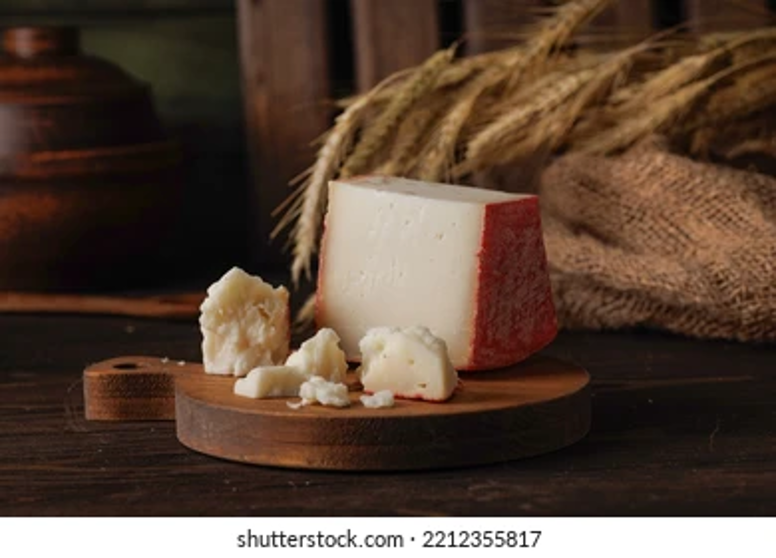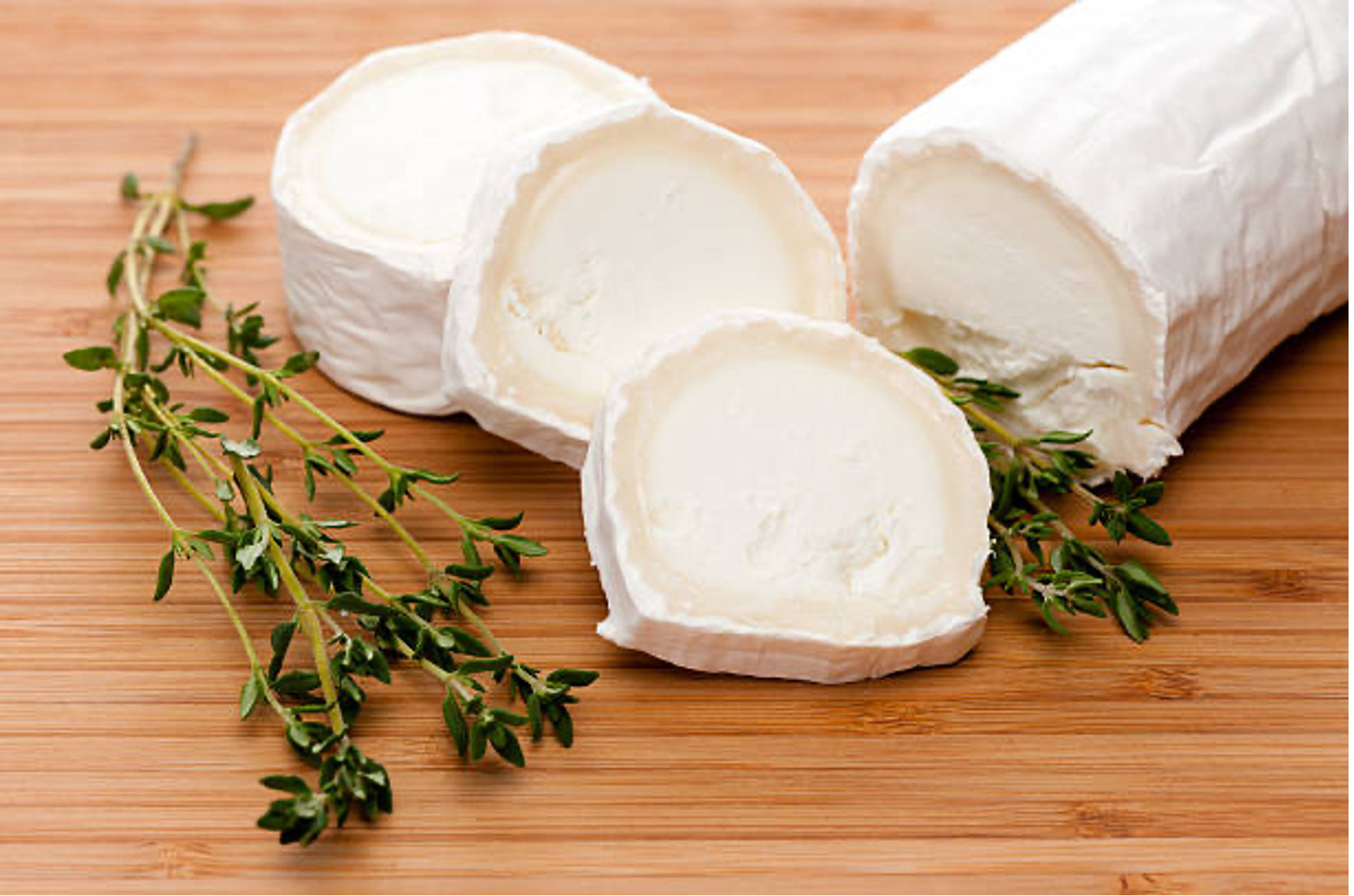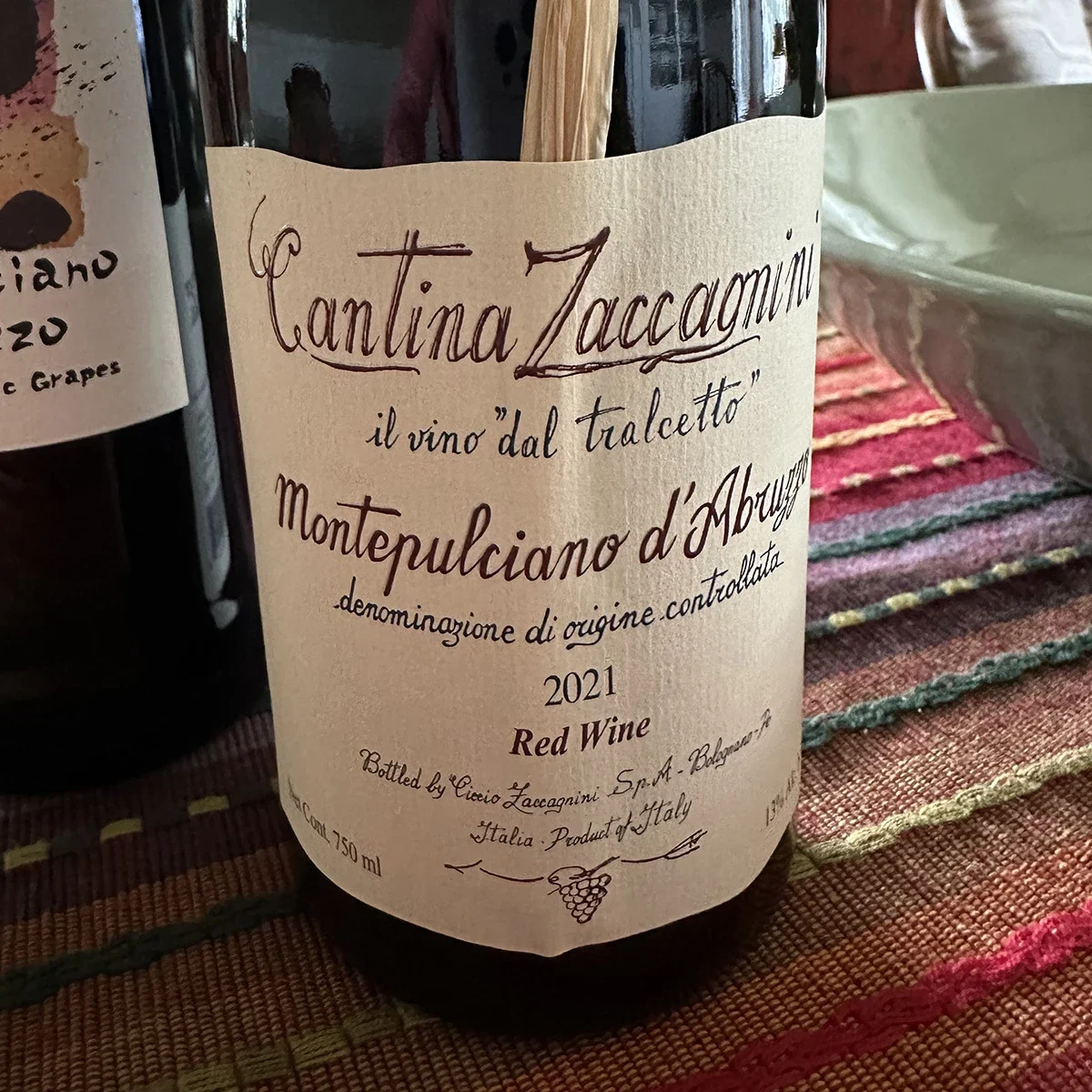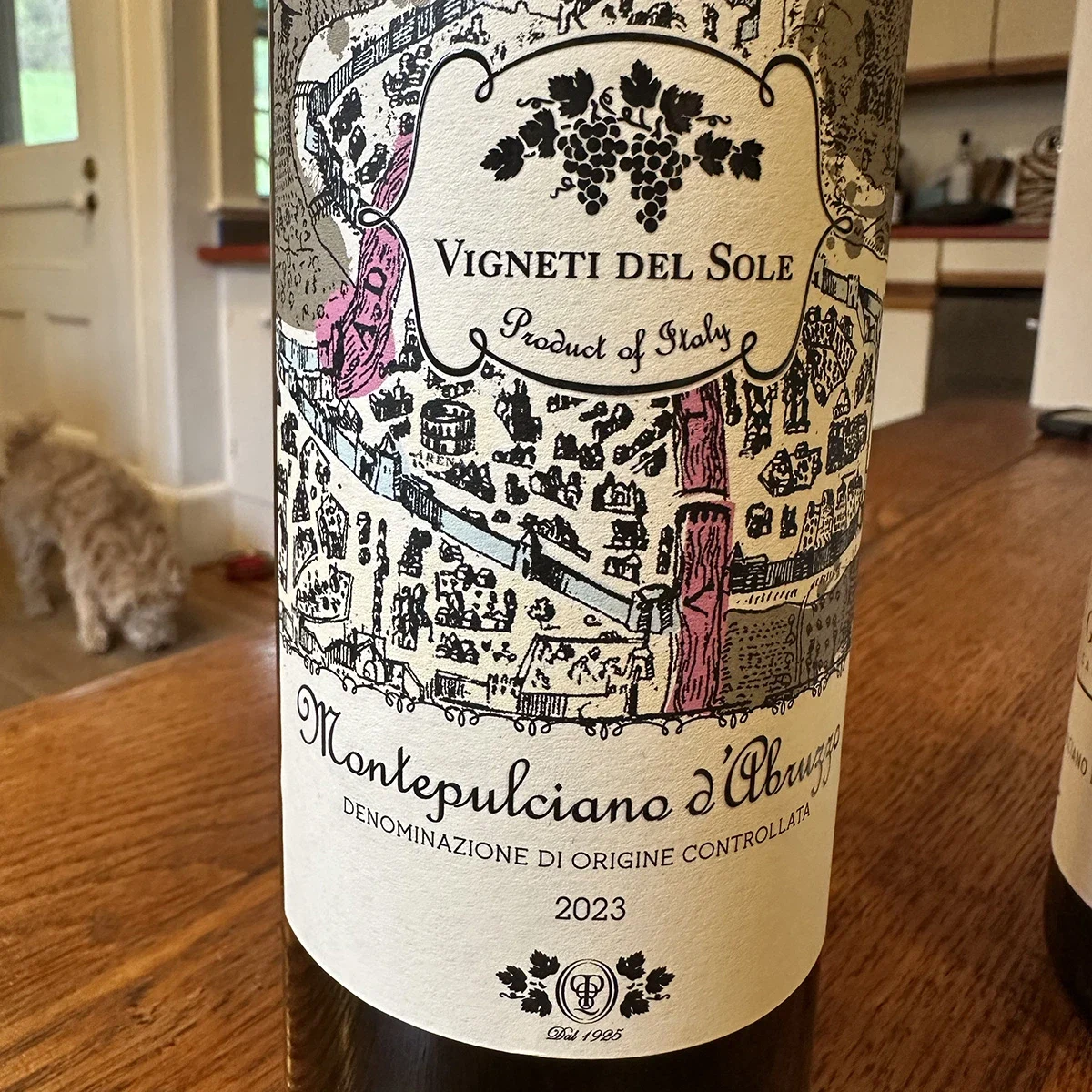
Sauvignon Blanc
Sauvignon Blanc produces a variety of wine styles, ranging from crisp and citrusy to rich and tropical, often influenced by winemaking techniques and regional terroir. Key styles include New Zealand Sauvignon Blanc, Loire Valley Sauvignon Blanc, and Bordeaux-style blends.
Sauvignon Blanc Wines
New Zealand Sauvignon Blanc: Known for its vibrant, aromatic, and intensely fruity character, often with notes of gooseberry, passion fruit, and grapefruit. These wines are typically unoaked and meant to be enjoyed young.
Loire Valley Sauvignon Blanc: Offers a more restrained and mineral-driven style, with prominent citrus flavors (lemon), vibrant acidity, and earthy notes. Examples include Sancerre and Pouilly-Fumé, known for their flinty minerality and herbaceous notes.
Bordeaux-style Sauvignon Blanc: Often blended with Sémillon and sometimes aged in oak, resulting in a fuller-bodied wine with a richer texture, and flavors of citrus, stone fruit, and subtle oak.
Oaked Sauvignon Blanc: Some winemakers experiment with oak aging, adding notes of vanilla, toast, and spice to the wine.
Sparkling Sauvignon Blanc
Sweet Sauternes: Sauvignon Blanc is one of the key grapes in the renowned sweet wine of Sauternes, where it’s blended with Sémillon and Muscadelle and aged.
Flavor Profiles:
- Citrus: Lemon, lime, grapefruit.
- Tropical Fruits: Passion fruit, mango, guava.
- Herbal/Grassy: Gooseberry, green pepper, freshly cut grass.
- Mineral: Flint, chalk, wet stone.
- Earthy: Fennel, tarragon.
Styles of Winemaking
The Sauvignon Blanc grape is one of the worlds great white wine grapes. When enjoying this wine, there are three major styles worth discovering, each one expressing the wine very differently:
- Old World styles – mostly European
- New World styles – mostly American
- New Zealand Styles – Kiwi love
- Other styles – White Bordeaux & Alto Adige
Europe / Old World
Sauvignon Blanc grapes are grown all over the world. One of the most classic and historic styles is the French Sancerre, a Suavignon Blanc from the Sancerre AOC (appellation d’origine contrôlée) of the Loire Valley of central France. France also offers White Bordeaux, a Sauvignon Blanc-dominant blend—we’ll discuss that as a fourth style below.
The major distinction with this style is the focus on what the earth gives to the wine… the French refer to this as terroir.
French-style Sauvignon Blancs are identifiable by their minerally or steely expressions. These wines are very dry, crisp and clean. Of the three styles they are often the most lean, and have an elegant subtlety. They are ideal wines for shellfish, especially steamed mussels, clams and oysters!
California / New World
Mostly from California, these wines focus more on the fruit, and less on the Earth. They are bright, clean wines.
White wine lovers often fall into one of two camps that debate which is better: Old World, or New World? European wines are often much lighter, with more subdued profiles. And, European wines are often best sipped with food. New World styles tend to be fruitier, or more grassy, or more herbaceous, and less minerally or steely.
Another difference can be found in the California Fumé Blancs. These are Sauvignon Blanc wines aged for varying lengths of time in varying types of oak barrels. The oak tends to soften them, and create an added spicy or honeyed expression.
Fumé Blanc lovers look for honeydew melon notes in these wines. Unless the oak is heavy, these wines do well with lighter dishes, and dishes that are cream-based – think pasta with a caper-lemon cream sauce and prawns.
New Zealand
“Kiwi” is a fun way to refer to the New Zealanders and New Zealand wine! When New Zealand set out to become an international force in the world of wine, they worked very hard to create brand distinction. Today when wine lovers think of New Zealand wines they mostly think Sauvignon Blanc, and next, Pinot Noir.
These wines are the most punchy and bodacious of the Sauvignon Blanc styles. Those from the Marlborough Region, on the north end of South Island across Cook Strait from Wellington, share a distinctive flavor.
Grapefruit, lemongrass, and tropical fruit like passion fruit, kiwi, mango, pineapple, are what make these wines different. Unlike their New World cousins from California, they tend to be overtly punchy, very bright, much more aromatic.
Due to the brightness and acid in NZ Sauvignon Blancs, they are considered a great fit for many Asian cuisines, especially Thai & Vietnamese dishes, where the cool clean notes of the wine counter and compliment the bright, spicy flavors of the food.
Sémillon is generally blended into the Sauvignon Blanc to add layers of aromatics and juicier fruit to the wine. Using parallel comparisons, this wine could be classified as the pretty version. The Sémillon adds more stone fruit, and white blossoms. It’s generally a softer, more gentle wine.
Alto Adige
“In just a short period of time, Alto Adige has become Italy’s top white wine region. The requirements for this were the Alpine-Mediterranean climate, the quality of the soils, and the enviable locations of the vineyards. For its success, Alto Adige wine can thank these happy conditions, a generation of meticulous, diligent winegrowers, and the commitment of imaginative cooperatives.”
(Ernesto Gentili and Fabio RizzariWine)
Alpine Wine with Mediterranean Charm
Alto Adige is one of Italy’s smallest winegrowing regions.
Yet thanks to its geographical position, it is also one of the most multifaceted. What emerges here are not trendy wines, but rather authentic wines with their own original character.
- Grapes have been grown here for almost 2,500 years.
- There are 14,300 acres (5,850 ha) of vineyards with over 200 wineries and 4,800 growers.
- Alto Adige DOC has 6 sub-regions.
- 70% of production is by cooperative wine cellars (a very high percentage!).
- Alto Adige has the highest concentration of Michelin Stars in all of Italy in relation to its population.
- 96% of all production is DOC wine – the highest in Italy!
- 65% of Alto Adige wine is white wine.
- 70% of people in Alto Adige (Südtirol) speak German.
Broadcast Episode/Sauvignon Blanc
Search by category or topic
Cheese Pairings

Brie

Feta

Fontina

Goat Cheese
Food Pairings
Sauvignon Blanc’s high acidity makes it a versatile food wine. Pair it with seafood, salads, goat cheese, Thai food, and dishes with citrus or herb-based sauces. Lighter, mineral styles pair well with oysters and white fish, while bolder, herbaceous styles complement herbs, vegetables, and light meats.
The best way to enjoy a White Bordeaux is with a cheeseboard resplendent with assorted dryer cheeses with less of the earthy notes found in blues and Stiltons. Think fresh Asiago, Manchego, Dry Cheddar and Jack with almonds, dried apricots, and neutral flavored crackers.
Tell us about wines you’d like to hear about!
More Episodes
Broadcast Episode/Cahors
Search by category or topic
Cheese Pairings
Coming Soon
Food Pairings
Coming Soon










